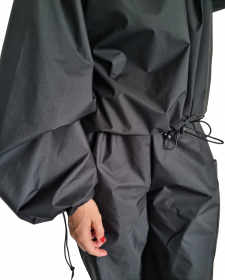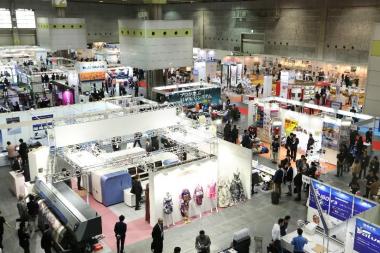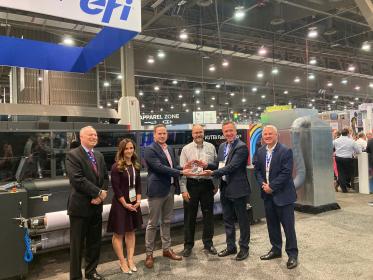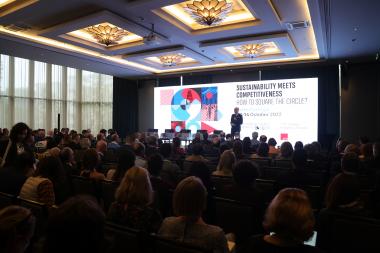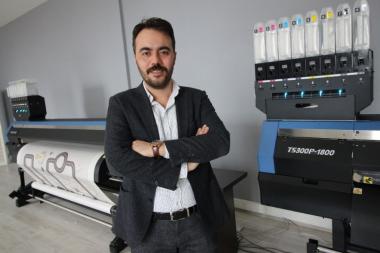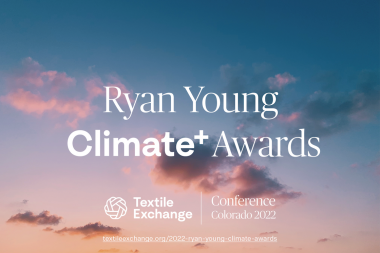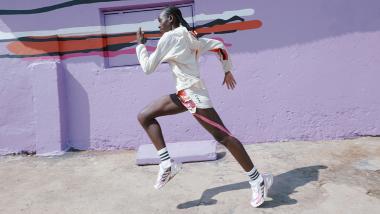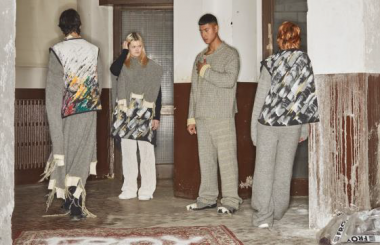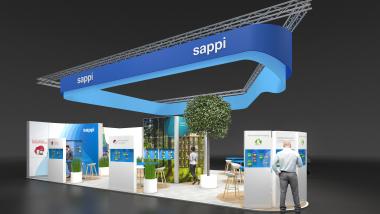JIAM 2022 OSAKA concludes successfully
Japan International Apparel Machinery & Textile Industry Trade Show (JIAM) has wrapped up four successful days of business at INTEX OSAKA. From 30 November – 3 December 2022, a total of 10,452 visitors found their way to the fairground. 150 exhibitors from 11 different countries and regions welcomed visitors with an extensive and diverse selection of products. Buyers from Bangladesh, India, Sri Lanka, South Korea, and Pakistan constituted the top five visiting countries (excluding Japan), compensating for a drop in visitors from China this year due to COVID-19 travel restrictions.
Under the theme of "It all connects at JIAM – the forefront of technology and master craftsmanship", the 2022 edition showcased apparel manufacturing solutions catered to each and every need, combining skillsets and knowledge with modern technology. At the opening ceremony, Mr Shinsuke Uchinashi, Chairman of the Japan Sewing Machinery Manufacturers Association (JASMA), commented, "In the new normal, there is growing demand for new technological advancements, productivity improvements, and greater quality control. In addition to solving these pain points, this edition’s exhibitors are also showcasing various innovations in response to automation, IoT, and networking."
A wide variety of special seminars held in Hall 4 were well received. Highlights included a skills training seminar hosted by an emeritus professor and panel discussions by leading companies in the manufacturing industry. SDGs, examples of IoT in industrial sewing machines, and upcycling initiatives were also on the agenda, with visitors gathered around the presented items taking notes.
The Home Sewing Zone led by three machine manufactures and JASMA held daily workshops where visitors could learn about upcycling using scraps, and take a break at the café with "cup sleeves" of their own making. Ms Kazuko Mizuochi of JASMA said, "We had a great attendance from the very first day. We were able to familiarize participants with sewing machines and also promote upcycling activities."
The next edition will take place from 27 – 30 November 2024 at INTEX OSAKA.
Messe Frankfurt Japan Ltd









